Poll: Biden loses popularity due to border crisis 1:08
Ciudad Juárez (CNN) -
The blue sedan looked like any other on a Mexican highway until the mid-morning sun flashed on long, thin pieces of metal tied to the left side of the car: a column of rods about 20 feet long. it was tied precariously to the side mirror.
In most other places in Mexico, this could have just meant that some workers were doing construction without the proper truck for the job.
But this car was driving along the border wall in Ciudad Juárez, a city south of the US-Mexico line, with El Paso, Texas, on the other side, a city where human trafficking is rife.
Two human smugglers, called 'polleros' in this part of the world, were in the car along with two migrants in the back seat who wanted to cross illegally into the United States.
And as we'll soon see, the group would use that column of rebar as a makeshift ladder to lift those two migrants over the wall and into the US.
Tens of thousands of migrants arrive at the US border each week, with a record number of unaccompanied minors among them.
The surge in numbers has once again overwhelmed an unprepared American immigration system, which has faced these kinds of crises repeatedly in recent years, but has yet to solve entrenched problems like overloaded asylum courts and facilities. poorly equipped to house children.
The resurgence has also put a renewed focus on the role that human smugglers play in bringing so many migrants to the border.
advertising
A human smuggler directs two migrants toward the wall on the US-Mexico border in Ciudad Juárez, Mexico, dragging the makeshift ladder.
The business of migrant smuggling
The traffickers are brothers and run the business from their family's home, smuggling people to the United States with the help of the 14-year-old son of one of the brothers.
The makeshift stairs in the backyard were the only real inadvertent revelation of the family business.
"It's super light," said the 14-year-old, lifting one of the stairs.
He works with his father and uncle who transport between 10 and 35 migrants a week on average, he says.
Lately, that number has been on the high side.
"Dozens of people cross here every day, it is very high," said a brother.
"From the top of the wall in my backyard you can see people running, many people are jumping over the wall."
There is little data to quantify the exact number of migrants who use the services of smugglers to make this journey.
But most experts agree that many have used a smuggler for at least part of their journey, in ways that can range from a taxi ride between cities to an all-inclusive service that takes migrants. from beginning to end.
The border wall on the US-Mexico border that separates El Paso, Texas, and Ciudad Juárez, Mexico.
A 2018 report by the United Nations Office on Drugs and Crime estimated that more than 800,000 migrants from around the world were smuggled into Mexico and, from there, smuggled or attempted to enter the U.S. illegally annually. , based on a review of data from 2014 and 2015.
Only a fraction of migrants avoid being caught before reaching their final destination in the United States, despite the huge fees required to make the trip.
Costs can range from a few hundred dollars to tens of thousands, depending on a number of factors, largely based on the total distance of the trip and the number of borders that must be crossed, according to the report.
The amounts can leave migrants penniless, many of whom are migrating in the first place due to extreme poverty in their home countries.
The UN report estimated that the business of illegally entering Mexico and the United States was worth about $ 4 billion annually using data from 2014 and 2015, an estimate that the agency considers conservative.
Biden: Let's End Our War on Immigration 2:36
A cartel operation
A large part of the money spent on human trafficking reaches the hands of organized crime, especially in Mexico, where experts say that the cartels operate with almost total impunity.
"Human smuggling is a multibillion dollar industry and I would guess it is approaching a $ 1 billion industry [in Mexico alone]," said Victor Manjarrez, former head of the Border Patrol Sector in El Paso, Texas.
Manjarrez says that organized crime groups have used the money to create sophisticated smuggling networks that in some cases operate transnationally.
"It's almost like a Fortune 500 company looking after its supply chain," he said.
It's a ruthless business.
[The cartels] view migrants as merchandise, not people, and they are definitely exploited. "
One of the two brothers interviewed by CNN who smuggles people in Ciudad Juárez said he was recruited for the job after moving home on the border.
“Some guys asked me if I wanted to join and I said yes.
That's why I'm here".
In this case, the "boys" he was referring to were members of the Juarez cartel, one of the oldest and most powerful organized crime groups in Mexico, for which the smugglers said they worked directly.
Each migrant must pay the cartel US $ 2,000 to cross the border here with the help of a smuggler, the two brothers told CNN.
That is in addition to what these migrants had to pay just to get to the border.
The smugglers then receive a salary, or commission, from the cartel for their work.
It is a system that develops along the border between the United States and Mexico.
Different cartels control large sections of the border, commonly called 'plazas'.
Then those groups control what crosses the border illegally in these territories, be it drugs or people.
Human traffickers operating in these areas almost always operate in two ways: either they work directly for the cartel that is in charge of that individual plaza or they work independently, but they have to pay the cartel a kind of right to tax. move through that territory, the smugglers told CNN.
While the exact extent of organized crime's role in migrant smuggling in Central America remains unclear, its presence is evident in Mexico, where migrants are taking enormous risks when making their journey to the United States.
"Most smugglers involved in complex operations know each other by virtue of kinship or friendship, or have established ad hoc partnerships with larger and better-resourced groups," according to the 2018 UN report.
Immigrant children are trapped in limbo as the Biden administration opens emergency shelters across the country
The journey north
Tens of thousands of migrants have fled their home countries in Central America this year for myriad reasons.
Poverty and corruption continue to plague countries like Honduras, food insecurity is increasing in places like Guatemala, and gang violence continues to be pervasive throughout El Salvador.
Two massive Category 4 hurricanes also hit the region late last year, destroying entire communities and Covid-19 further decimated regional economies that were already struggling.
The journey itself is exhausting.
Stories of rape and abuse are common among migrants along the border.
"They can be raped, they can be stolen, they can be extorted, they can die on the journey," said psychologist Claudia Grisel Villalobos Esparza, who works at the government-run Nohemí Álvarez Quillay migrant shelter for unaccompanied minors in Ciudad Juárez.
At another nonprofit shelter in the city, a young mother from Guatemala told us that she and her toddler were smuggled north by several men over the course of a few weeks.
But when she arrived in Ciudad Juárez, instead of crossing into the United States as promised, they put her in a house with dozens of other people.
"It was a huge house, the windows were covered so we couldn't see out," said the woman.
“They gave us food some days, but once we went 8 days without enough food.
They locked us up, we couldn't leave.
The woman asked CNN not to reveal her identity due to her continuing fears for her safety while in Mexico.
The smuggling family, led by the two brothers, told CNN they had heard of many cases of abuse.
They even mentioned smugglers who, a few weeks earlier, had dumped two young girls over the border wall not far from their home, a case that made national news in the United States.
They reunite immigrant girls with their family 0:55
"We don't do that," said one of the brothers.
"We're all human.
They want to arrive safely.
We do not harm them;
we give them food and water and help them to cross.
Other people can hurt them, but we can't. '
CNN has no way of verifying how they treat the migrants in their charge.
But even if they are treated well, the family's actions are far from selfless.
Every time they are compensated for their work, they help maintain a system that perpetuates rampant kidnapping, rape, extortion and even murder, according to experts such as the psychologist at the Ciudad Juárez shelter for unaccompanied minors.
While there is no extensive data that quantifies the specific threats faced by migrants who use smugglers, a Human Rights First report published last month reported at least 492 attacks and kidnappings suffered by rejected asylum-seekers from the U.S. or stranded in Mexico since President Joe Biden took office in January.
A 2017 Médecins Sans Frontières report reported that almost a third of interviewed migrant women who entered Mexico had experienced some form of sexual abuse on their travels north and almost 70% of all interviewees experienced some form of violence.
The smugglers CNN spoke to argue they provide a service that helps migrants desperate to reach the United States.
A woman and three young children run toward the wall on the US-Mexico border in Ciudad Juárez, Mexico.
They were detained by the United States Border Patrol a few minutes later.
The last leg of the journey
The smugglers told us to find them in a parking lot.
CNN chose to document the process of human smugglers despite the illegality of their act to illuminate what is happening along the border on a daily basis as the immigration debate continues in the United States.
While our team sat waiting in a minivan, the blue sedan pulled out of a side street and stopped several hundred meters in front of us.
Two men got out and went to grab the makeshift ladder that the migrants would use to pass the wall.
Once secured to the side, the car went down the road.
The smugglers were looking for a good place to try to cross, we were later told, a place where the US Border Patrol would be too far away to catch them in the act.
After about ten minutes of driving, the sedan slowed to a stop along a stretch of highway.
One of the smugglers got out of the car along with the two migrants, one of whom grabbed the makeshift ladder.
From that point, the border wall was about 500 meters away.
65% consider Biden's handling of the migrant crisis at the southern border negative, according to survey
A quick run from the highway and the trio reached the sandy desert that is the dominant feature of this arid landscape.
Their progress quickly slowed, and they were forced to crawl on their hands and knees to avoid anyone along the border who might be watching.
Moving forward slowly, dragging their metal ladder behind them, the ragged, labored breathing of the migrants is the only sound, aside from the smuggler's occasional instructions.
"Get down more!" He yelled at one point as a Border Patrol truck passed by on the other side of the border.
Halfway to the wall, the group took a break, during which CNN only had about 30 seconds to speak to the migrants.
They were Ecuadorians, a young man and a young woman, aged 18 and 20, wearing nothing but the clothes they were wearing and two 500 ml bottles of water.
They had paid several smugglers thousands of dollars to get to this point and were hoping to find work in South Texas.
But the only way they could do it was if they passed the wall.
Mexico celebrates brake on border wall 3:24
After looking over a small bush, looking closely for any sign of law enforcement, the smuggler signaled that it was time to give the final push to the wall.
Running low, they covered the final distance in about a minute.
The 18-year-old then lifted the ladder and the smuggler helped him hook one end to the top of the fence, the ladder bent over the wall like a candy cane.
The young man threw both bottles of water over the fence and immediately climbed the ladder, nimbly going hand-in-hand until he reached the top of the wall that is 4.5 to 6 meters high.
He quickly climbed down to the other side, landing on what looked like an unused construction site, and then it was the young woman's turn.
Just a little slower, she did it smoothly too.
A migrant from Ecuador seen climbing the fence of the border wall between the United States and Mexico while a human smuggler holds the ladder down.
They both ran across the desert on the other side and the smuggler got back on the road.
For the two migrants, there seemed to be little plan about what to do next.
Clearly confused and overwhelmed, they both ran into an uncertain future.
There was little more than desert on that side of the wall.
Yes, they had arrived in the United States, but that was far from being the end of their journey, it was clear that they had a long way to go.
Where would they go?
What would they do?
How would they earn money?
What if they were caught by immigration authorities?
These are questions we cannot answer.
For the smuggler, those were immaterial questions, the reality was simple.
He had no idea what happened to them on the other side nor did he have a real interest in knowing.
His job was to get them to the other side of the wall, and he had.
In this mission, he was successful.
He ran back to the waiting blue sedan, and the migrants he had just crossed seemed far from his mind.
I was already in the next one.
There were more migrants that he had to collect who were still waiting to cross.
Human trafficking


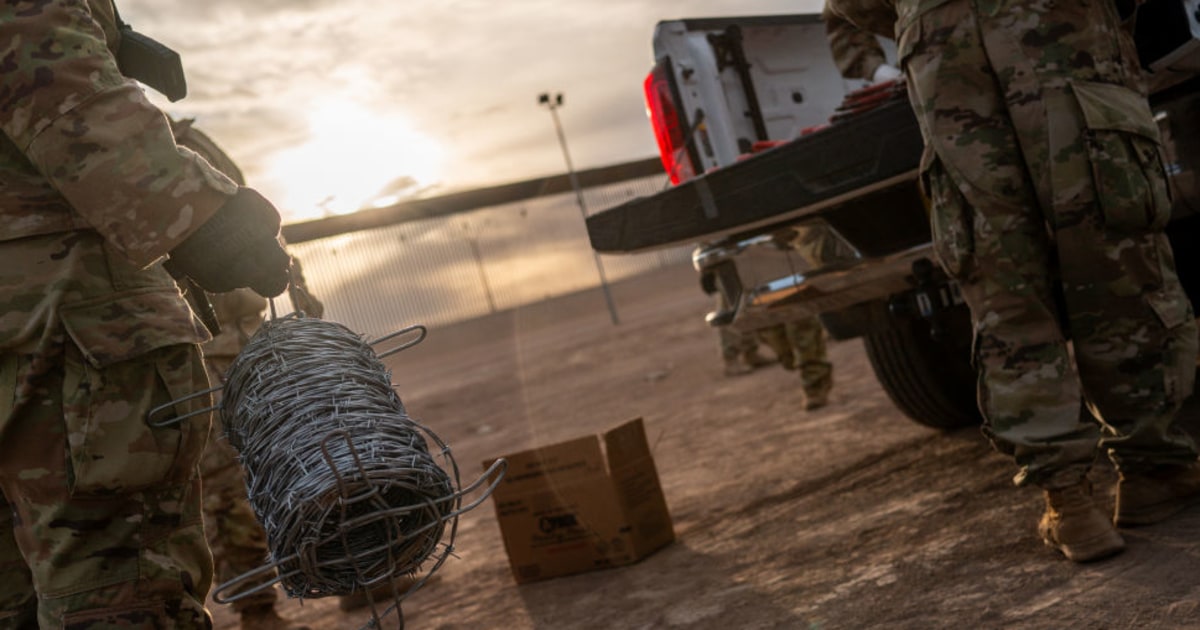
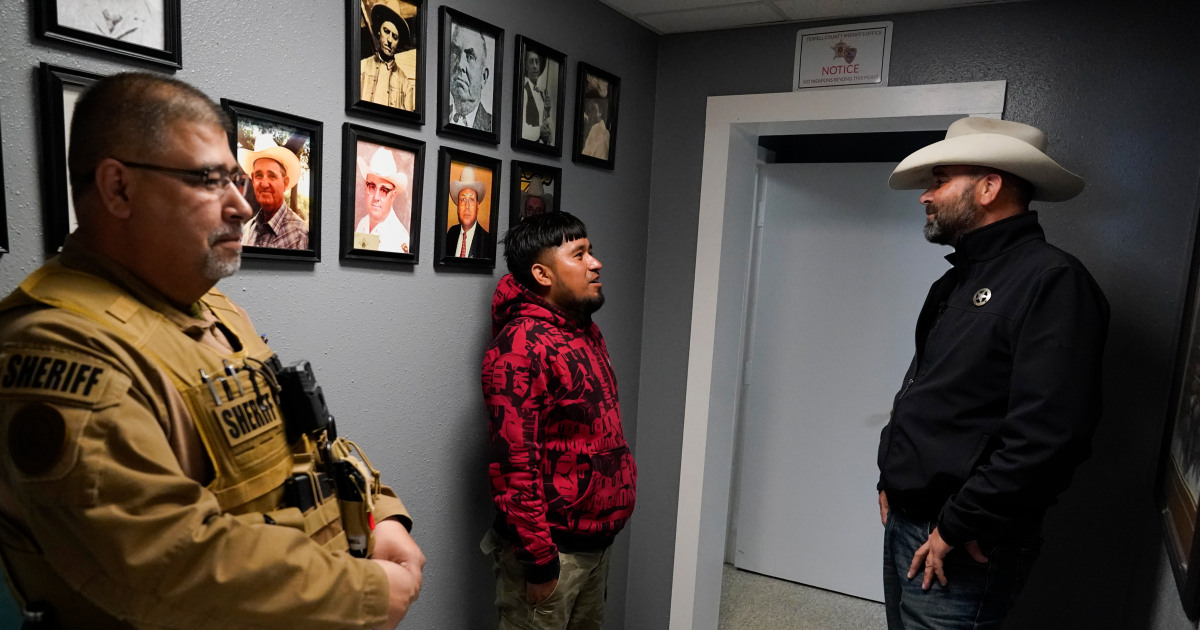
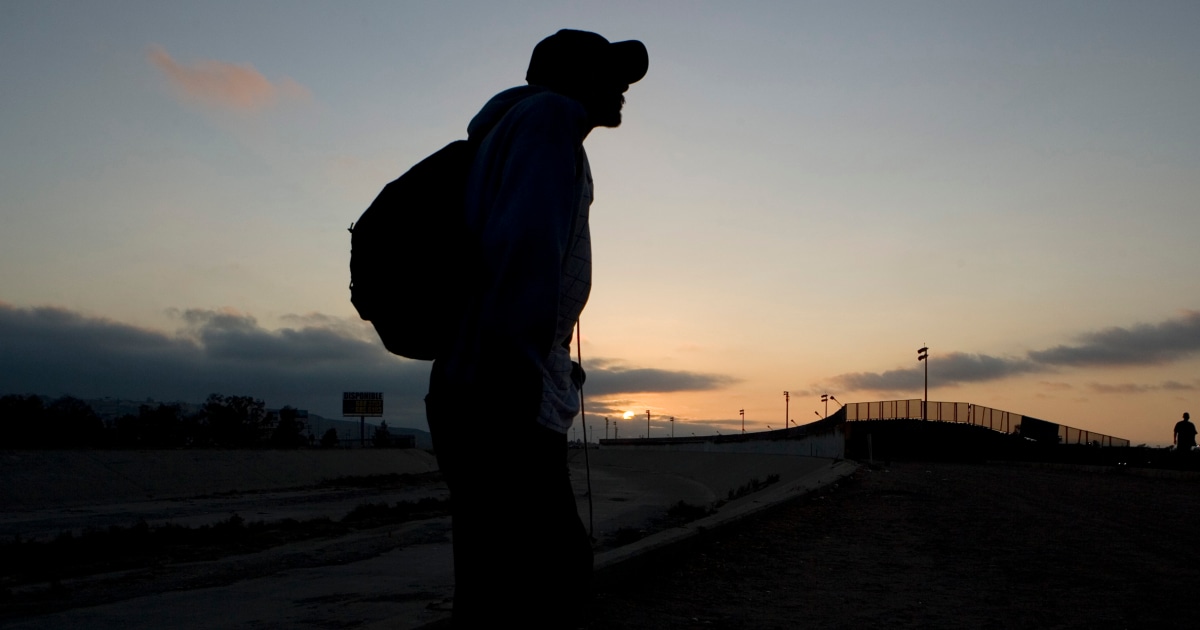
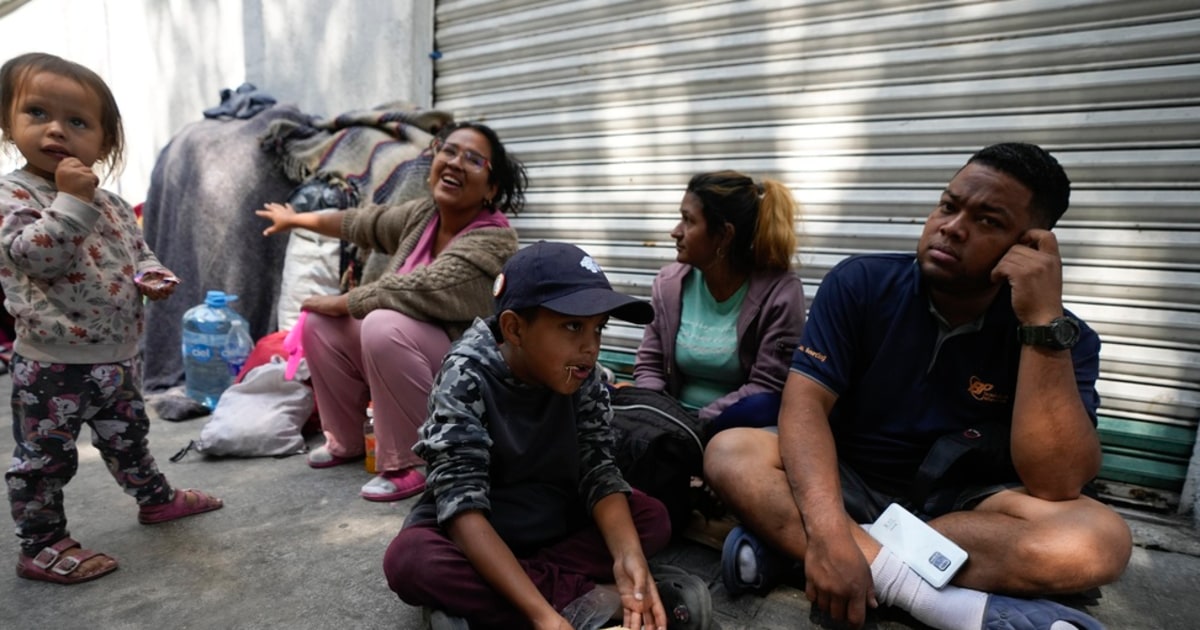
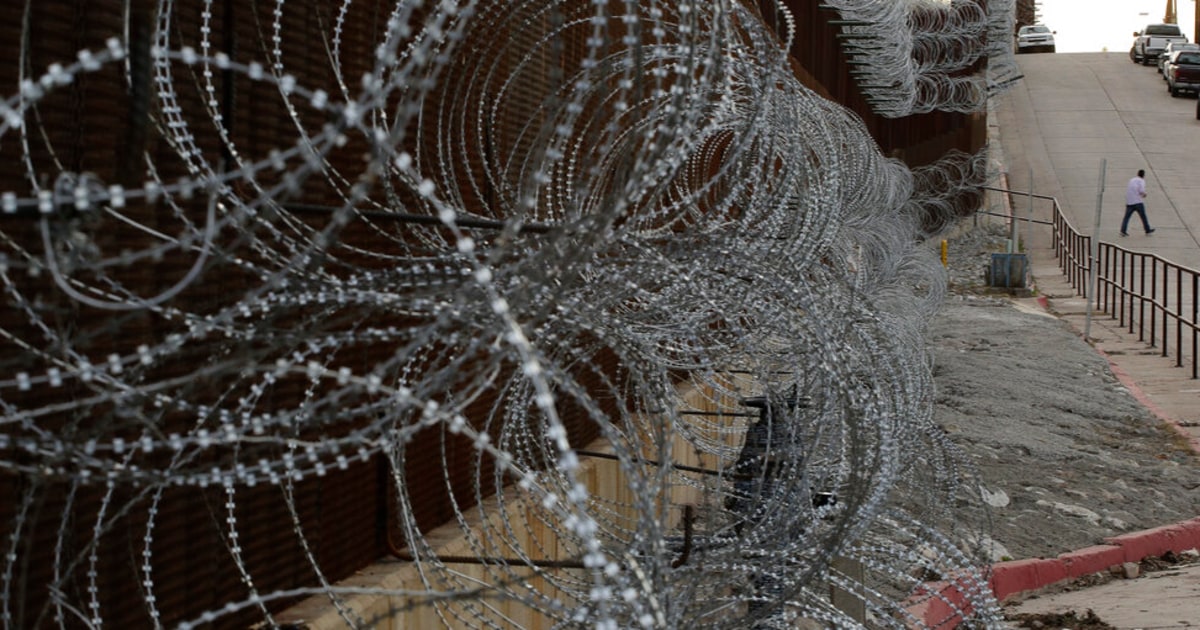
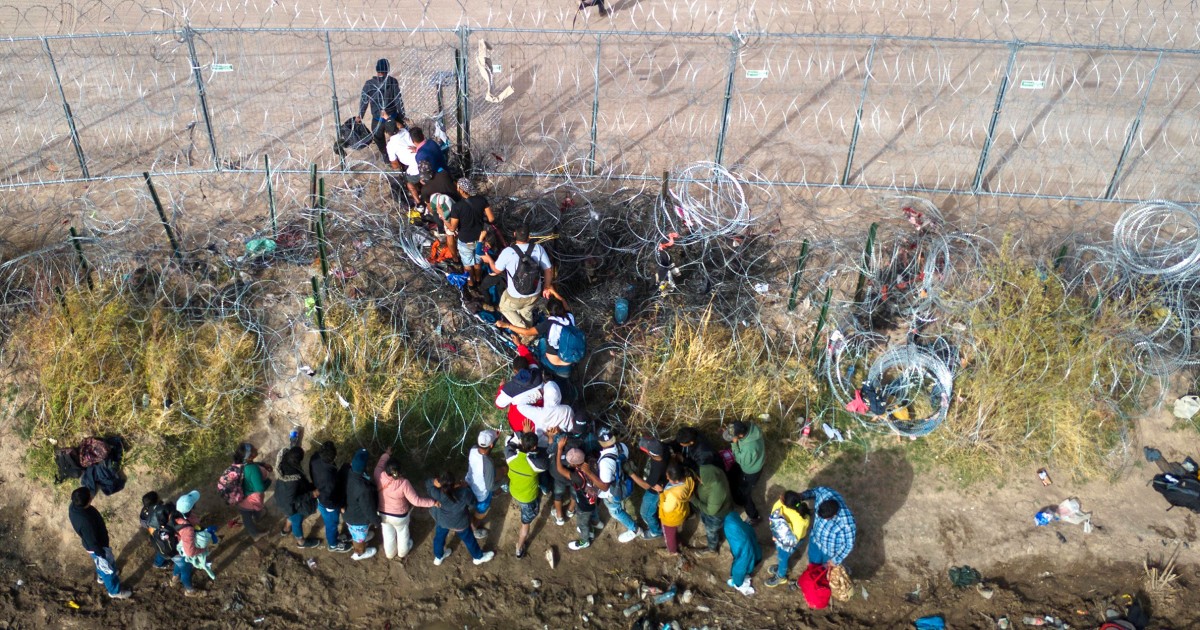
/cloudfront-eu-central-1.images.arcpublishing.com/prisa/YLOEMFF4HJC23HMOYLNKJIYY3A.jpg)
